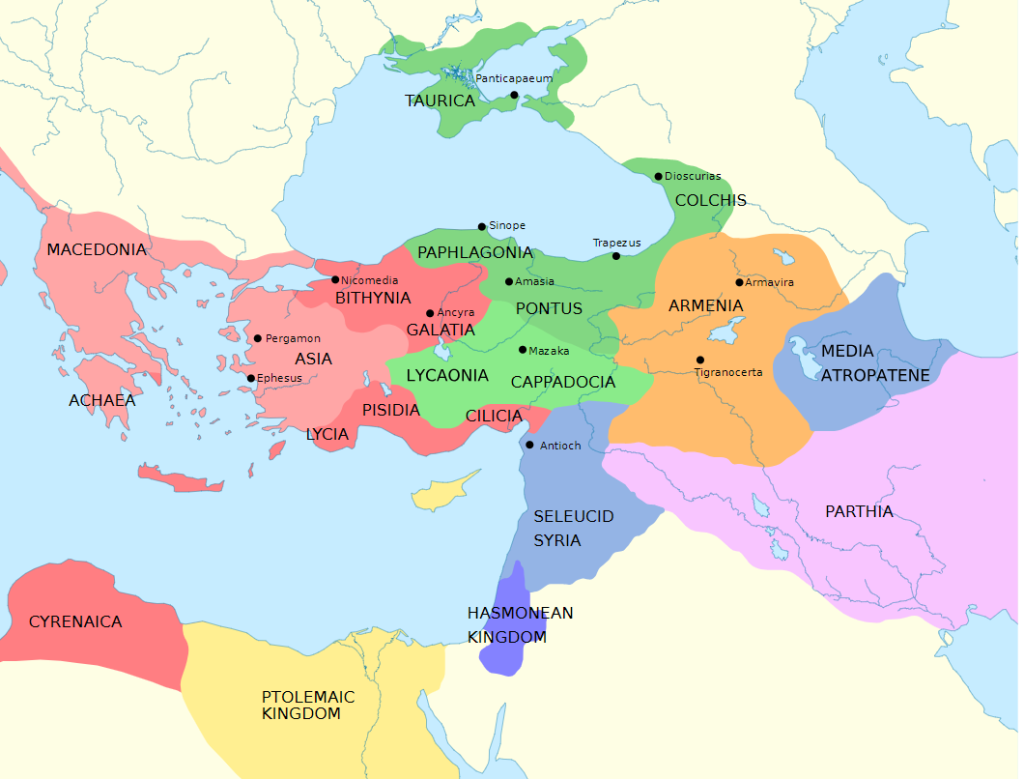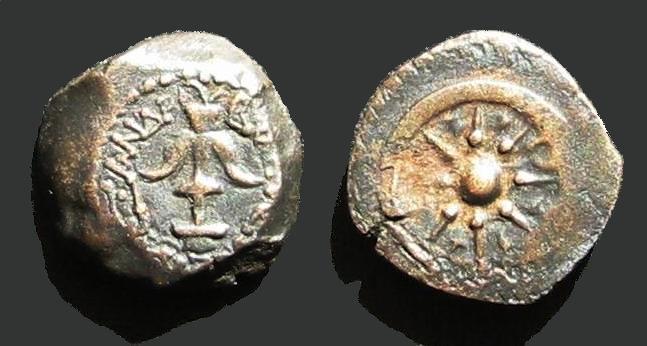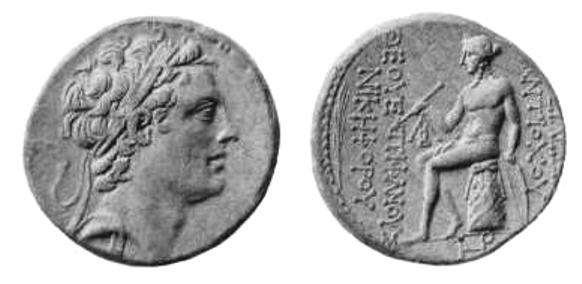The Hasmonean Dynasty, known as the Maccabees, is a significant chapter in ancient Jewish history. Founded by a courageous family of rebels, this dynasty played a pivotal role in liberating Jerusalem from foreign rule and establishing an independent Jewish state. This post explores the rise, accomplishments, and lasting impact of the Hasmonean Dynasty, highlighting its enduring legacy in shaping the Jewish identity.

Credit: Ilya Yakubovich, CC BY-SA 4.0, via Wikimedia Commons.
So, the Hasmonean Dynasty emerged during the second century BCE due to the Maccabean revolt against the Seleucid Empire. Led by Judah Maccabee and his brothers, the Jewish rebels fought against the oppressive rule of King Antiochus IV Epiphanes, who sought to suppress Jewish religious practices and impose Hellenistic culture.
Hasmonean Heritage Museum

Restoration of the Temple:
One of the defining moments of the Hasmonean Revolt was the recapture and rededication of the Second Temple in Jerusalem. Furthermore, after driving out the Seleucid forces, the Maccabees cleansed the defiled temple and reinstated Jewish worship. This historic event is commemorated annually during the festival of Hanukkah.

Credit: PHG, CC BY-SA 3.0, via Wikimedia Commons
The Hasmonean Monarchy:
Following the successful revolt, the Hasmonean Dynasty established a hereditary monarchy in Judea, with Simon Maccabee becoming the first Hasmonean ruler. The Hasmonean kings, known as Hasmonaean or Maccabean kings, held political and religious authority, serving as high priests and kings.

Hasmonean Dynasty: Expansion of the Kingdom
Under the rule of John Hyrcanus and his successors, the Hasmonean Kingdom experienced territorial expansion, with Judea extending its borders to include parts of Samaria, Galilee, and Transjordan. The dynasty’s rule brought relative independence and prosperity to the Jewish people.
Challenges and Divisions:
Despite their successes, the Hasmonean Dynasty faced internal challenges and divisions within the Jewish community. Factional strife between the Sadducees and Pharisees and tensions arising from Hellenistic influences contributed to internal conflicts during the later years of the dynasty.
Roman Influence and Decline:
With increasing Roman intervention in the region, the Hasmonean Dynasty’s fortunes took a turn. In 63 BCE, Pompey the Great intervened in the ongoing conflicts between rival Hasmonean rulers, effectively ending the dynasty’s political independence. Judea became a client kingdom of the Roman Republic, signaling the beginning of the Hasmonean Dynasty’s decline.
The Hasmonean Legacy:
The Hasmonean Dynasty left an enduring legacy in Jewish history. Their heroic struggle for religious freedom and national independence remains an inspiring symbol of faith, courage, and determination. Establishing the Second Temple and observing Hanukkah are cherished traditions, celebrating the Hasmonean triumph over adversity.
Conclusion:
In Short, the Hasmonean Dynasty is a remarkable testament to the indomitable spirit and resilience of the Jewish people. From their heroic uprising against foreign oppressors to establishing an independent Jewish state, the Maccabees’ legacy continues to resonate in Jewish communities worldwide. The Hasmonean Revolt and the subsequent rule of the Hasmonean kings exemplify the enduring importance of faith, cultural identity, and the pursuit of freedom in Jewish history. So, as we celebrate Hanukkah and commemorate the rededication of the Second Temple, we honor the triumphs and sacrifices of the Hasmonean Dynasty, an integral part of the rich tapestry of Jewish heritage and identity.







